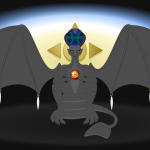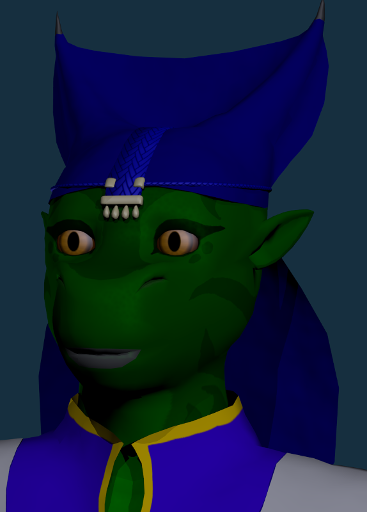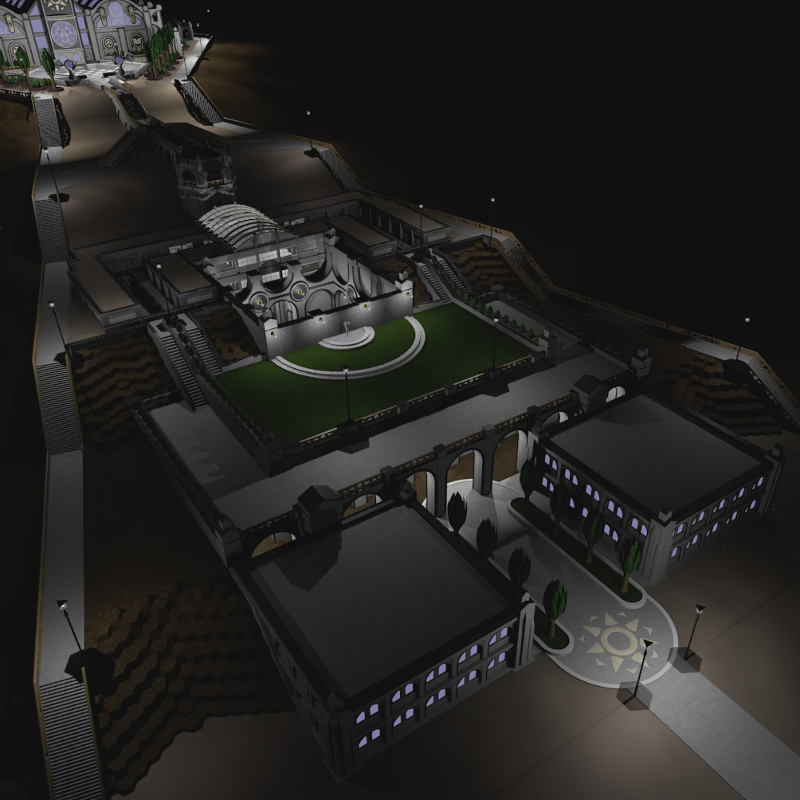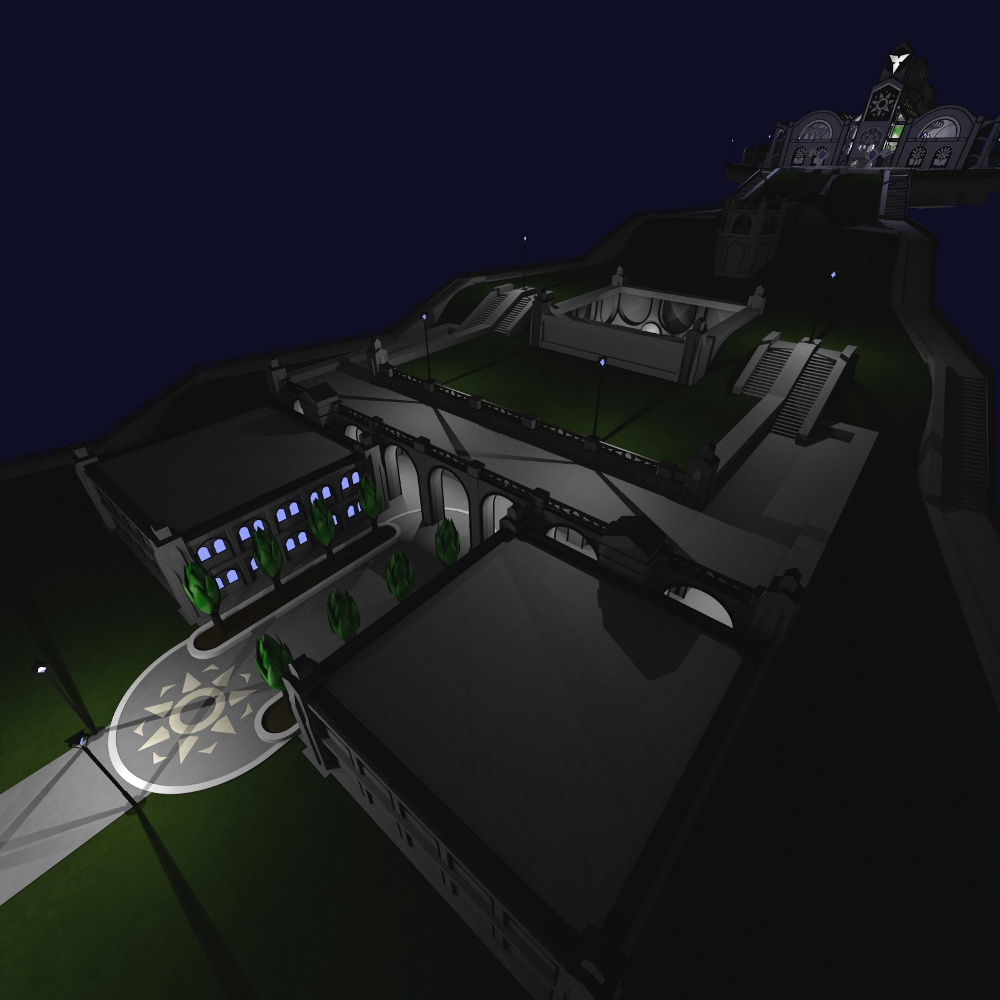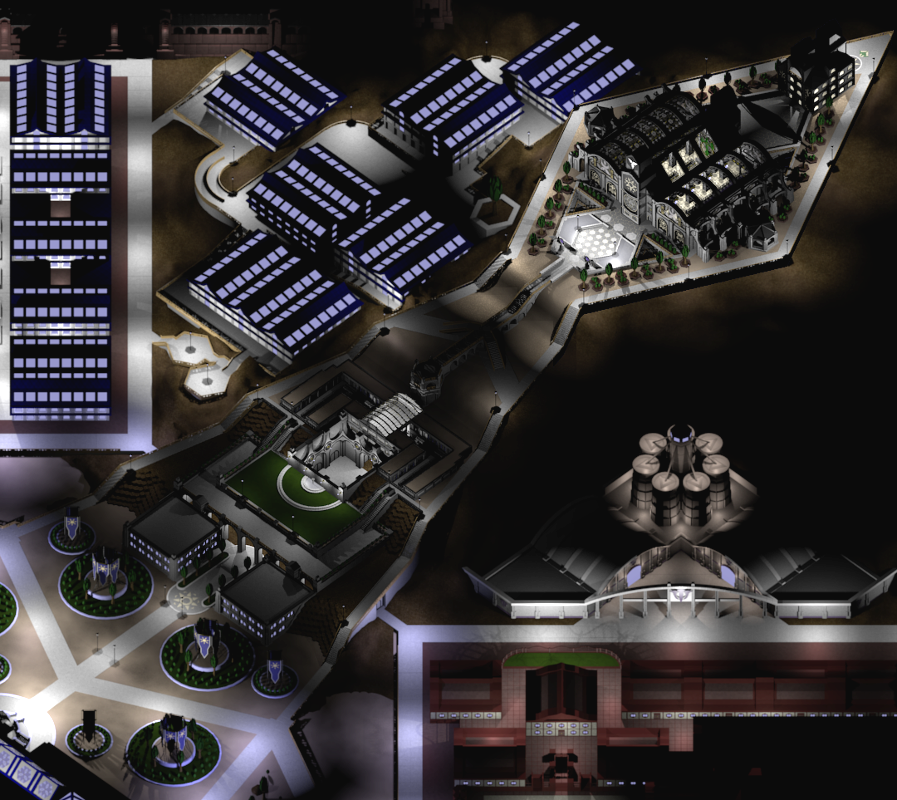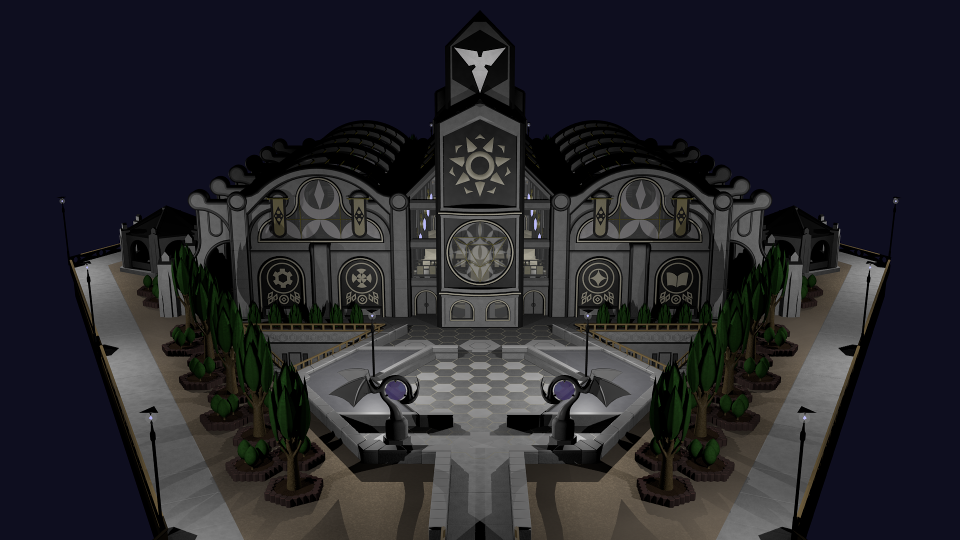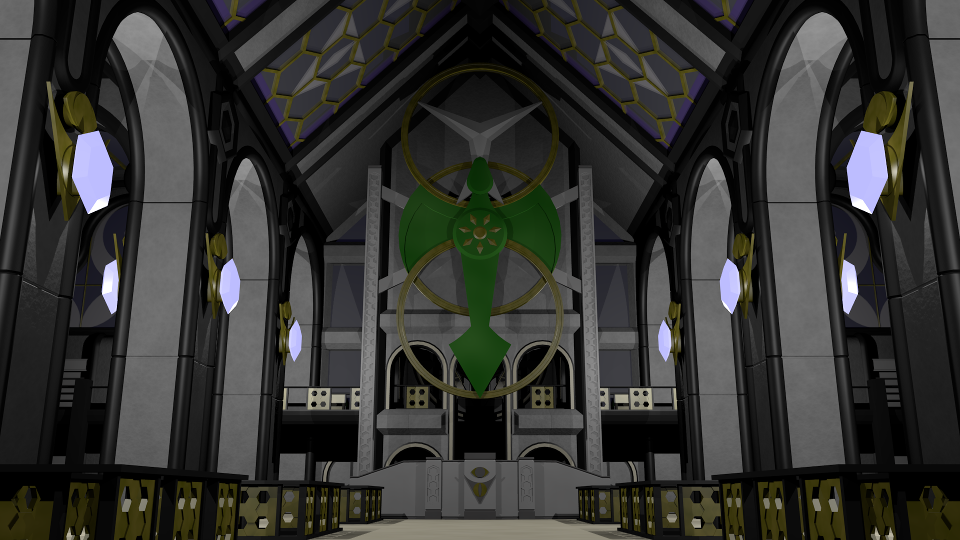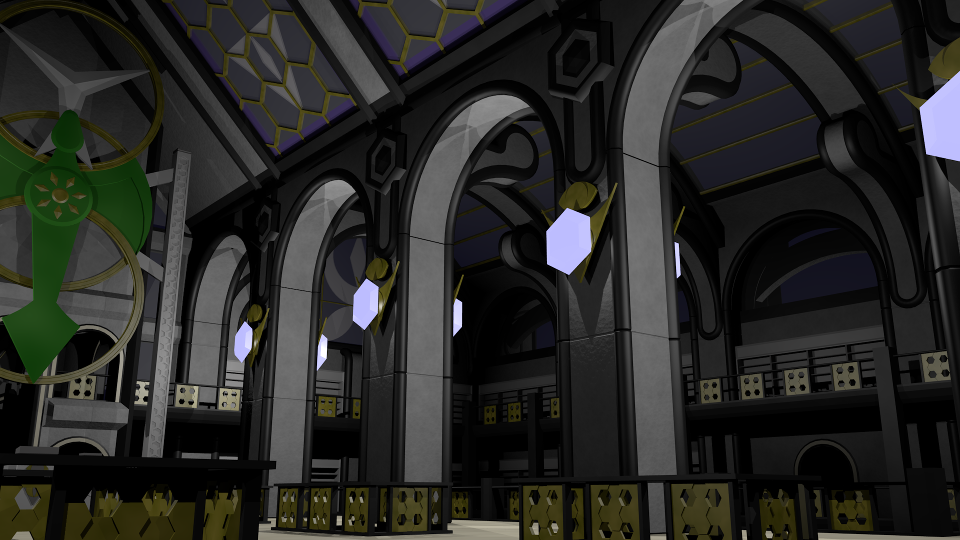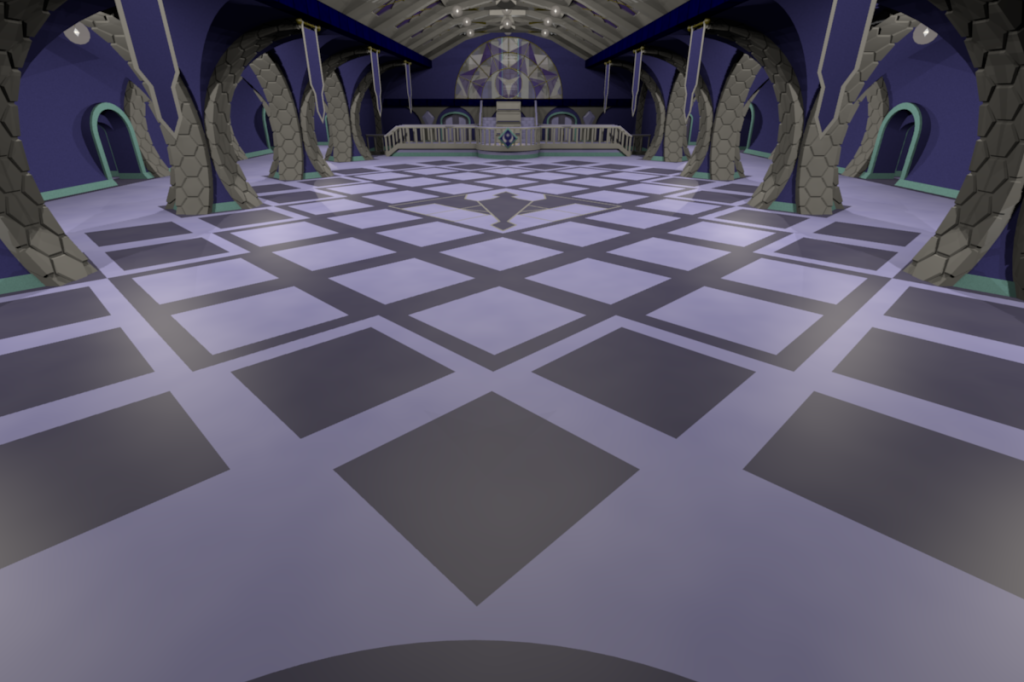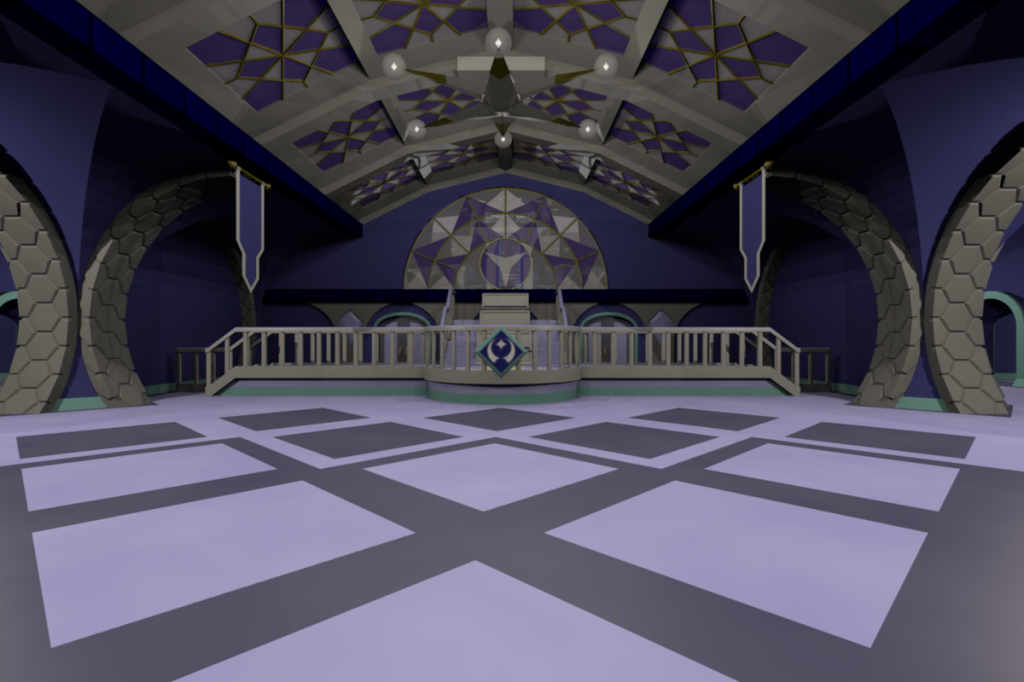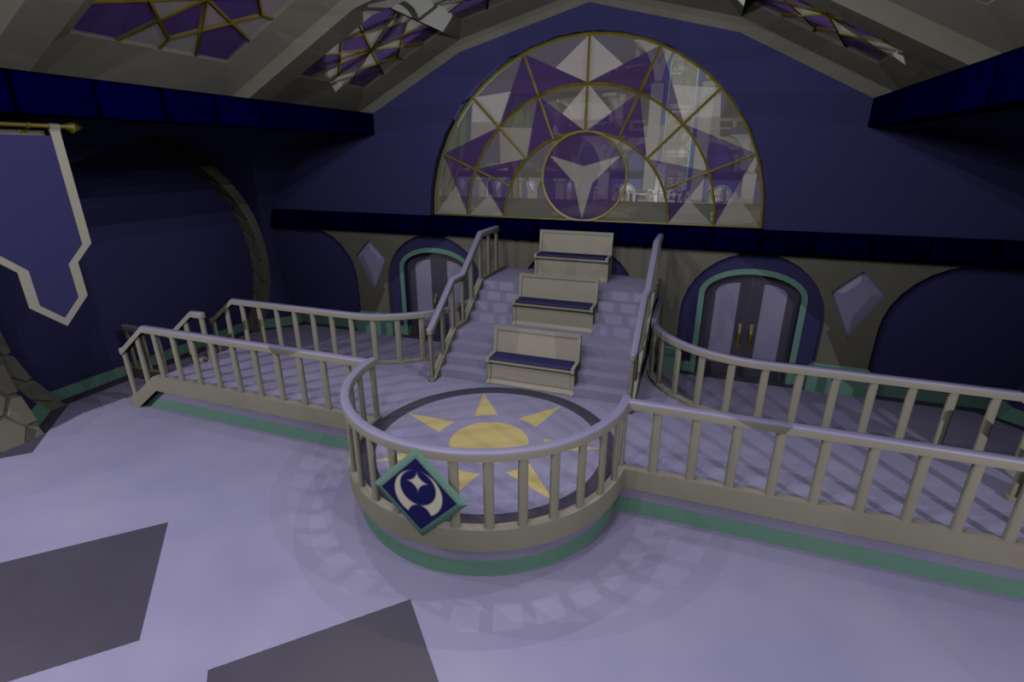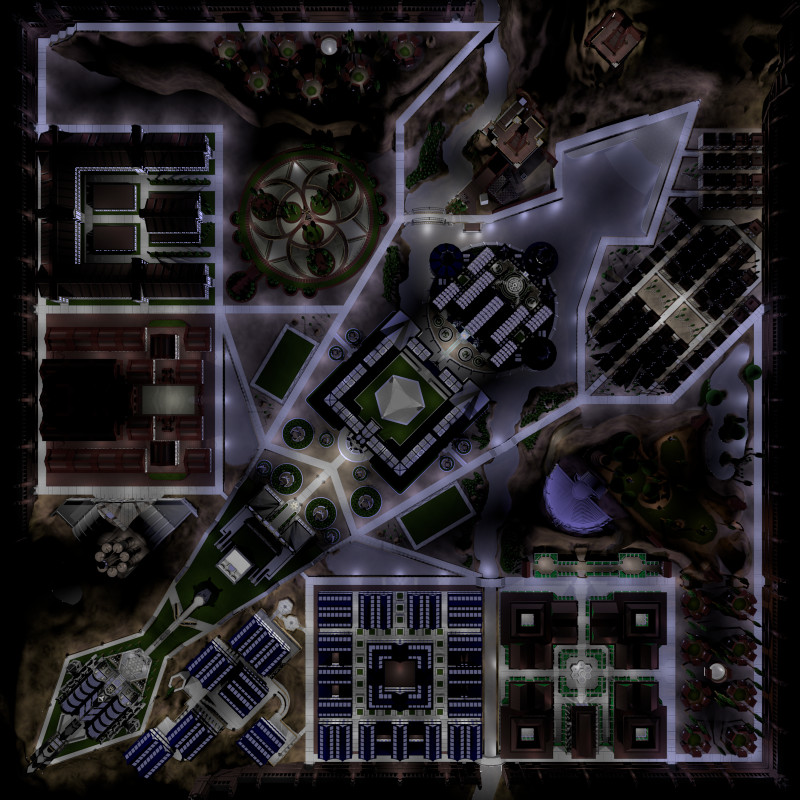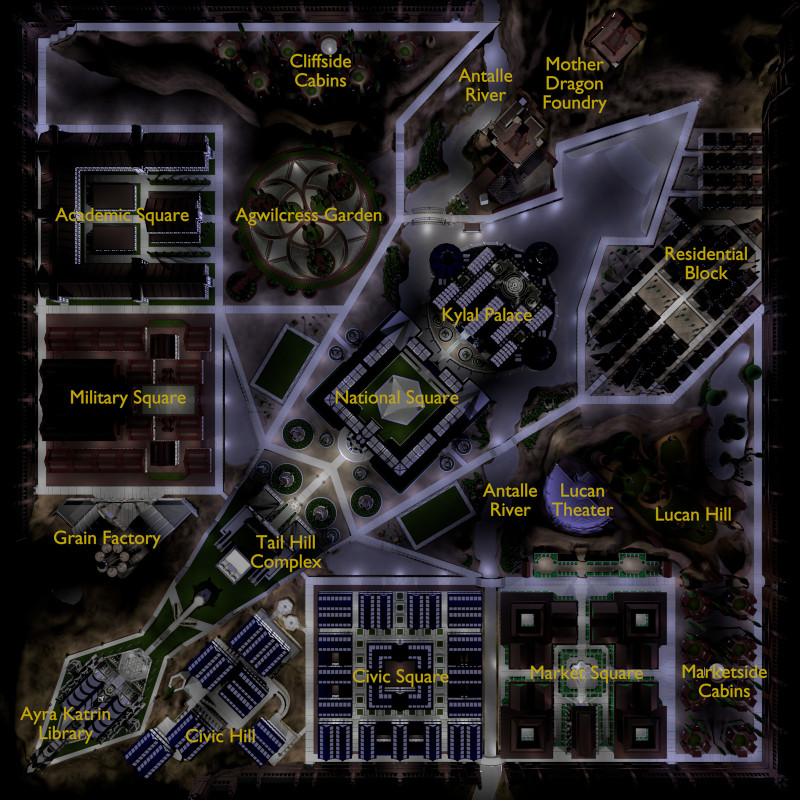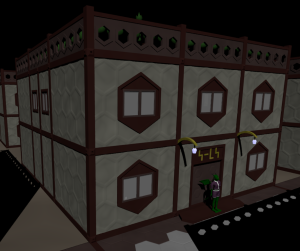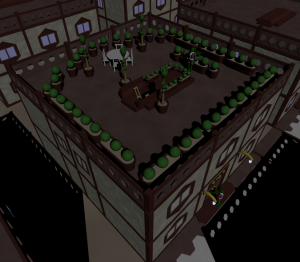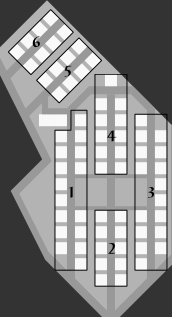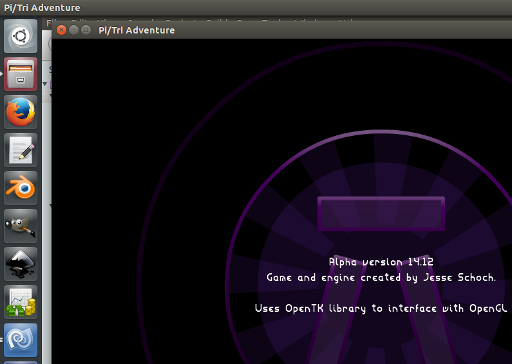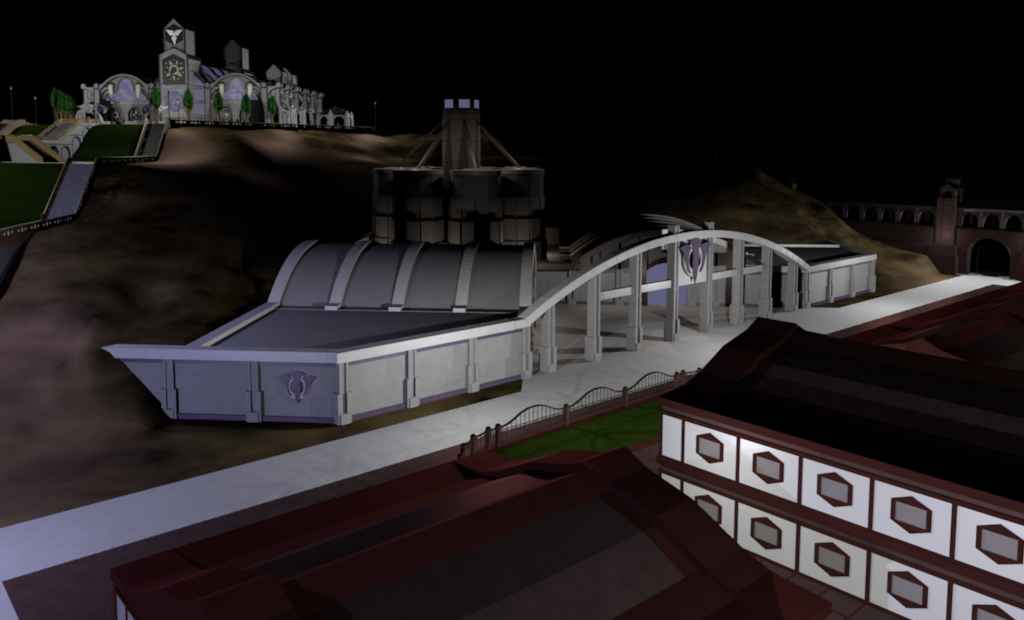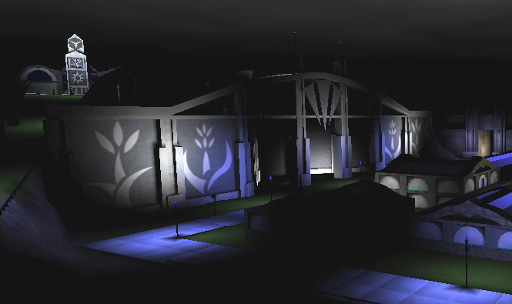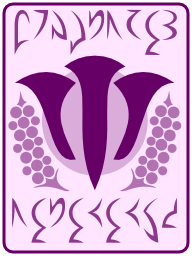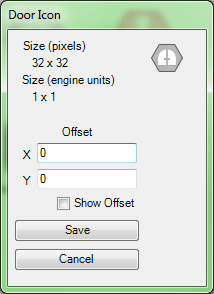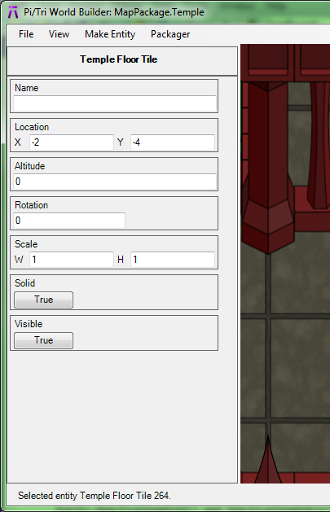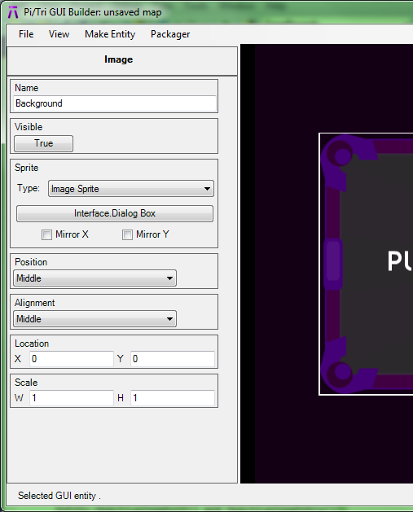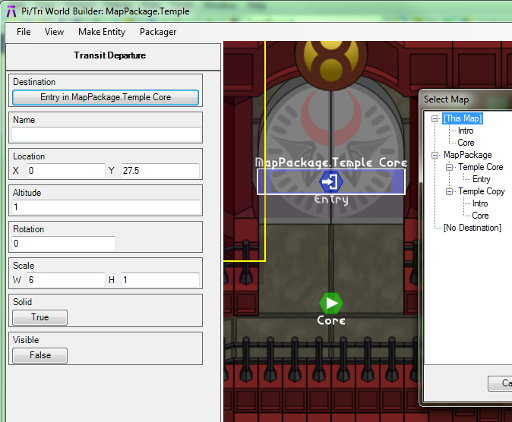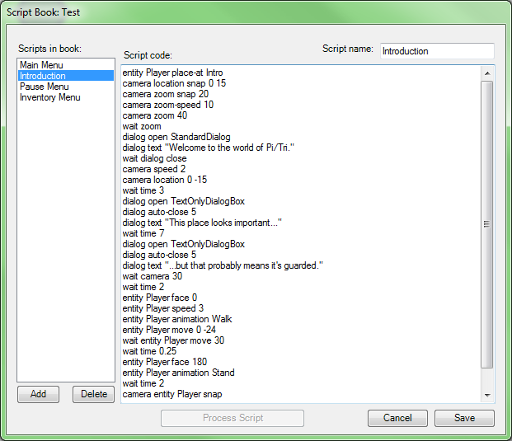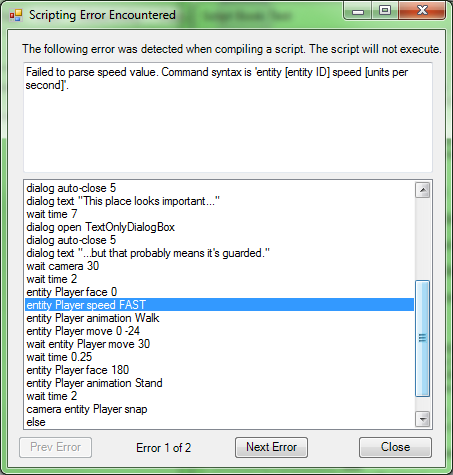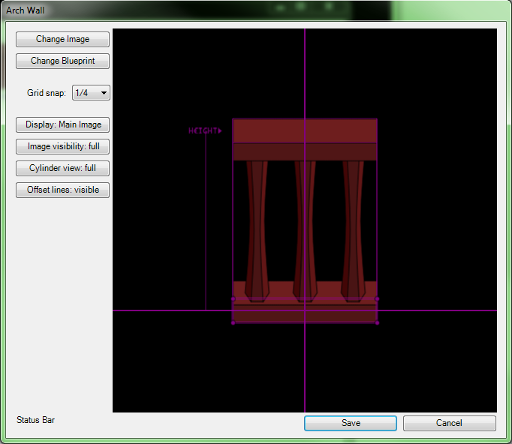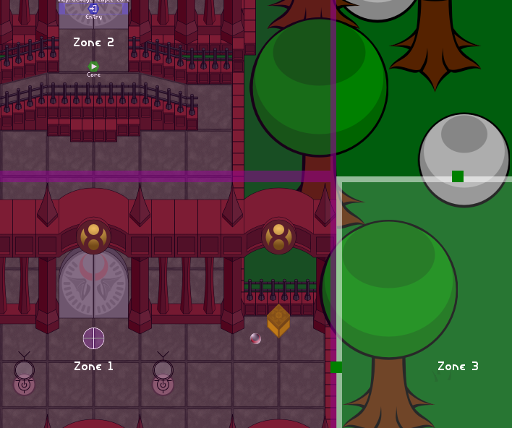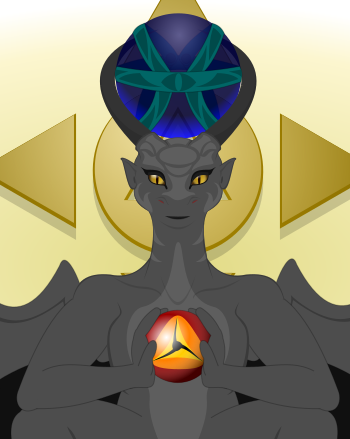 In the Elehura mythology, Tatyakori is the legendary Dragon that resides in the hidden holy land within the mountain of Elehura. No other Dragons exist in the world and very few have actually met her in person, yet her image can be found in most cultures in various forms. Her purpose is not entirely clear, but there is a belief that she is responsible for protecting the hidden paradise from evil.
In the Elehura mythology, Tatyakori is the legendary Dragon that resides in the hidden holy land within the mountain of Elehura. No other Dragons exist in the world and very few have actually met her in person, yet her image can be found in most cultures in various forms. Her purpose is not entirely clear, but there is a belief that she is responsible for protecting the hidden paradise from evil.
As said, very few have met the Dragon in all of history, but the most important were the trio of humans that found their way into the hidden land. Each was offered a holy artifact which also granted them immortality. With those gifts, the three created an empire which spanned the globe. The emperor was ultimately consumed by his power, and became so dangerous that the other two returned the artifacts in exchange for the emperor’s removal.
This latest change to the character was the first time I applied the dark coloring to the outer eye instead of the usual white. Similar races like the Gwil/Agwilikans are going to get this look too. The previous version of the character concept: Speaking of updates, I also adjusted the information on the Elehura Main Page while I put the new picture of Tatyakori in there.
Speaking of updates, I also adjusted the information on the Elehura Main Page while I put the new picture of Tatyakori in there.
The purpose of the orb she has resting in their horns is… undetermined.
In 2022, I updated the spelling of the name from Tatyakore to Tatyakori.

